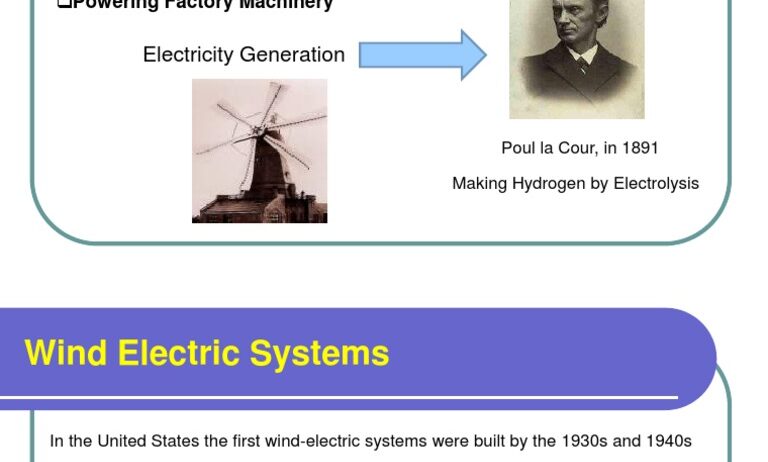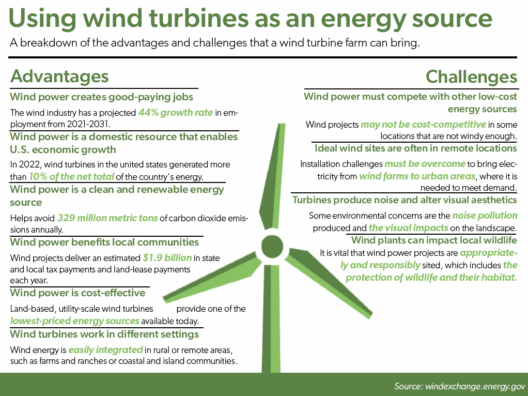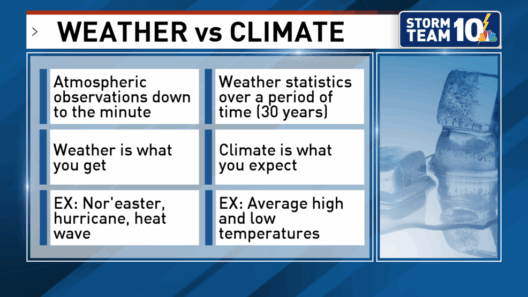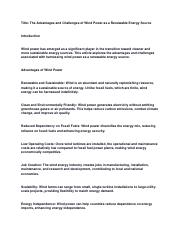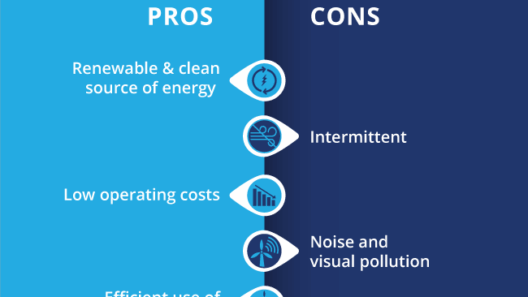The narrative of wind energy is a fascinating saga that transcends centuries and continents. The harnessing of wind for power and specific applications is not merely a contemporary innovation; it is a testament to human ingenuity and adaptability in the face of environmental challenges. Tracing the history of wind power unveils the incremental evolution of technology, cultural significance, and our ever-growing need for sustainable energy.
Long before modern wind turbines dotted the landscapes, ancient civilizations were keenly attuned to the power of the wind. From the sails of ancient ships to rudimentary windmills, the use of wind as a resource has been embedded in human civilization for millennia.
Wind energy’s first recorded applications date back to around 5000 BC in ancient Persia, where windmills were employed for grinding grain and pumping water. These early mechanical marvels featured bladed wheels that transformed wind energy into a rotational force, demonstrating a pivotal initial understanding of harnessing nature’s elements. However, this ingenuity was not confined to Persia alone; various cultures across the globe utilized wind power in distinct manners.
As the centuries progressed, the proliferation of wind-powered inventions became evident across Europe. The Netherlands, for instance, became synonymous with windmills. By the 16th century, the Dutch mastered windmill technology to reclaim land from the sea, an endeavor that underscored their innovative spirit. The iconic windmills of Holland were instrumental in various tasks, from draining wetlands for agriculture to sawing wood and grinding grain, thereby cementing the wind’s role as a crucial resource in agrarian economies.
Fast forward to the Industrial Revolution, the 19th century saw an impetus in the exploration of wind energy. While steam power dominated, the first recorded application of wind yachts took place in Scotland in the late 1800s, highlighting humanity’s continuous quest to optimize energy sources.
By the turn of the 20th century, the invention of the modern wind turbine was underway. In 1888, Charles F. Brush built one of the first electricity-generating wind turbines in Cleveland, Ohio, producing enough energy to power his home and laboratory. This groundbreaking endeavor laid the foundational principles for contemporary wind energy systems. Yet, despite its promise, wind power was intermittently woven into the fabric of energy production.
The Rise of Wind Energy in the 20th Century
The dawn of the 20th century brought increasing awareness of the need for alternative energy sources. As fossil fuel consumption surged, so did pollution and environmental degradation. Wind energy re-emerged as a viable alternative during this crucial period.
In the 1920s and 1930s, wind turbines gained popularity across the American Midwest, where farmers sought efficient means to pump water and generate electricity for rural homes. The development of small-scale wind turbines enabled these individuals to utilize wind for personal agricultural advancements. Innovations flourished, representing a bridge between traditional windmill technology and the nascent advancements of electrical generation.
However, with the extensive discovery and distribution of cheap fossil fuels during the mid-20th century, wind energy’s renaissance was abruptly curtailed. Most advancements in wind technology lay dormant until the energy crises of the 1970s rekindled interest in renewable sources. A renewed focus on energy independence led to experimental wind farms sprouting across the United States and Europe.
The Technological Leap Towards Modern Wind Power
With the oil crises serving as a catalyst, significant investments in research and development radically transformed wind energy into a feasible, large-scale contributor to national grids. By the late 20th century, technological advancements led to the construction of larger and more efficient wind turbines, reflecting a profound leap in design and functionality.
The transition to horizontal-axis wind turbines is often acclaimed as a cornerstone of modern wind technology. This design utilizes taller towers and larger blades to harness wind energy more efficiently than previous models, maximizing energy capture even in low-wind conditions. Consequently, wind energy began gaining recognition as a reliable source of renewable power.
By the 21st century, governments and businesses alike embraced wind energy. Countries such as Germany, Spain, and China emerged as global leaders in wind energy production. Statistically, over 700 gigawatts of wind power capacity were installed worldwide by 2019, estimating not just the prevalence of wind turbines but heralding a growing acceptance of green technologies.
Looking Ahead: The Future of Wind Energy
As the world grapples with climate change and the need for sustainable energy solutions, the story of wind energy continues to unfold. Cutting-edge technologies like offshore wind farms, floating turbines, and revolutionary energy storage systems promise to unlock previously untapped potential. These advancements reflect a paradigm shift in how we view energy production, consumption, and sustainability.
Moreover, as the global focus shifts toward reducing carbon footprints, wind energy stands to play an instrumental role in achieving climate goals worldwide. The synergy between technological advancement and environmental consciousness forms the bedrock of our future energy landscape.
The journey of wind energy, from ancient applications to advanced technological innovations, encapsulates a deeper narrative of resilience and adaptability. It emphasizes the ongoing human endeavor to harness nature in environmentally responsible ways. As we embrace the promise of wind energy, we are not just venturing into a new era of energy production; we are embarking on a crucial path towards sustainable living, ensuring welfare for future generations.



